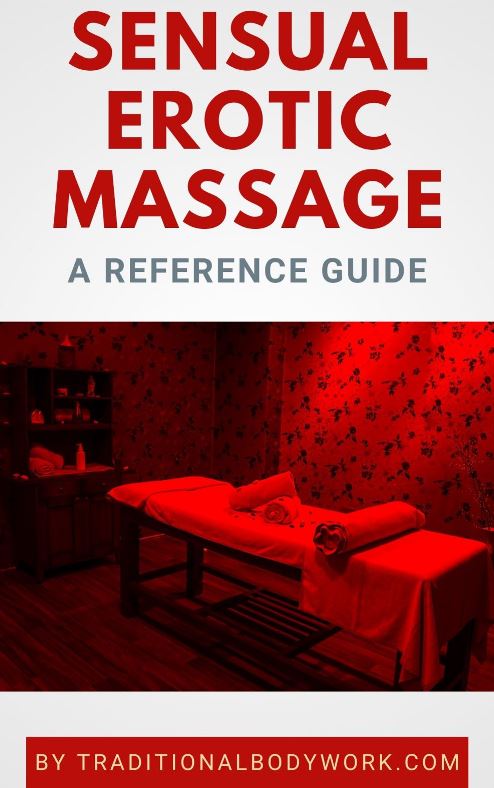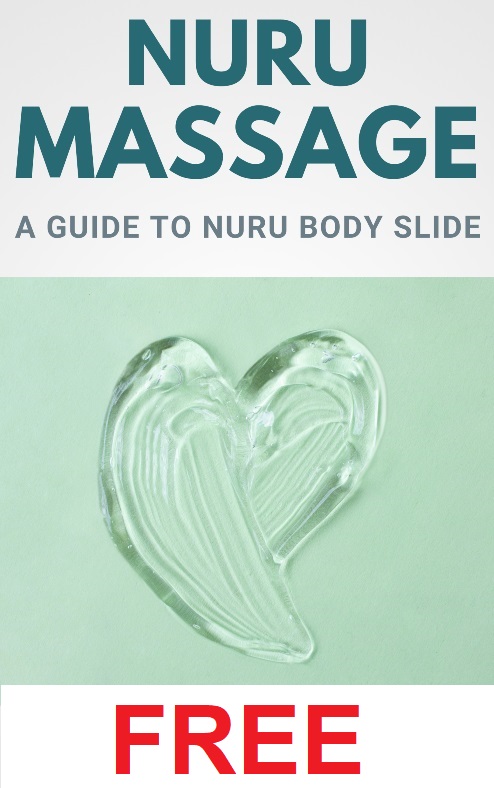
The Wheel of Consent — sometimes also called the Circle of Consent — is a model developed by sexologist and intimacy coach Betty Martin. It’s about creating clarity with respect to situations of receiving, taking, giving, serving, accepting, allowing that take place in human relationships, which includes domains such as work, colleagues, friends, family, intimate relationships, massage, bodywork, and so on.
Concepts of the Wheel of Consent
The core idea behind the model is that it’s not only about asking if and what you can or are allowed to do (such as: “Can I touch your abdomen?”), but also about making clear for whom you want to do it (for yourself or for the other) and why you want to do it (for instance, to relieve pain of the one you touch, or to give consolation, or to warm your own hands for your own pleasure, and so on, and so on).

Only when the questions if, what, for whom, and why are fully answered, only then the role of the participants in a specific relationship becomes entirely clear and can real authentic and informed consent (i.e. informed agreement about an action) come about in a safe, trusted, and pleasant manner.
The Wheel of Consent is conceptually implemented as a circle (or wheel) with two halves. One half represents you and the other half represents the other. Each half then is again divided in two parts, which makes the circle containing a total of four quadrants.
The individual quadrants then are Giving/Serving (you’re doing something to someone for them), Receiving/Accepting (someone is doing something to you for you), Taking (you’re doing something to someone for yourself), and Allowing (someone is doing something to you for them).
Mind that the Wheel of Consent is a technique (or tool) that deals with the dynamics between two people when they engage with each other. This may be applied to both touch based and non-touch based situations.
Massage Therapy and the Wheel of Consent
So, in massage therapy we could consider the following four quadrants: the therapist touches the client the way the client wants (Giving/Serving), the client is touched by the therapist the way the client wants (Receiving/Accepting), the therapist touches the client the way the therapists want (Taking), the client is touched by the therapist the way the therapist wants (Allowing).

Each stage, situation, or action during a massage session always consists of two perspectives or a pair (typically either Giving-Receiving or Taking-Allowing) and it needs to be clear what’s happening or going to happen to be able for the involved parties to give informed and authentic consent.
When both parties are in consent with each other it means that when they are engaged in either giving or receiving massage therapy they are wanting and willing the specific exchange to happen, they know why it will happen, are happy with it, while also enjoying it.
Reaching consent in massage therapy is always of importance to prevent dissatisfaction or even traumatic experiences for the client (or therapist), but it’s of special significance in treatments that focus on sensual, emotional-traumatic, erotic, or genital aspects, such as Tantra Massage, Abdominal Massage, Dearmoring Massage, Nuru Massage, Fertility Massage, to name a few examples.
















